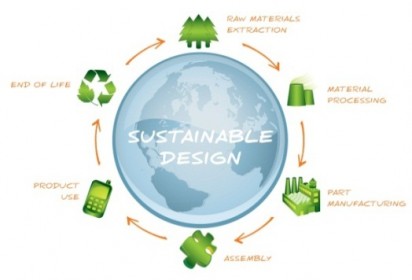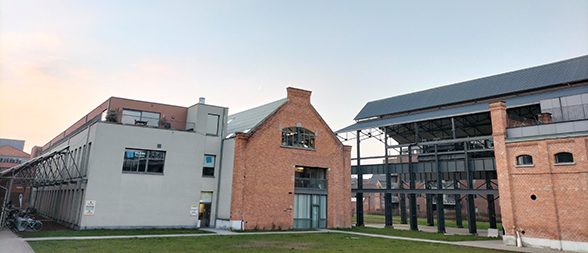Life Cycle Assessment
The life cycle analysis studies the entire product chain, from cradle to grave, and provides valuable insights into the environmental sustainability of activities.
Life cycle assessment has been identified by the European Commission as the most valuable framework to assess the environmental impact of activities. OWS serves as an independent and experienced partner to perform environmental sustainability assessments of organizations, products and services in these years of ever-increasing standardization. ‘Chain thinking’ leads to an easy to interpret overview of activities which allows the identification of hot spots that are readily improvable, or more drastic methods for improvement and implementation (process efficiency, alternative production routes or novel management strategies).
To ensure the quality of our LCAs, OWS adheres to several international guidelines. Starting from the ISO 14040/44 guidelines, a Product and Organization Environmental Footprint (PEF & OEF) is developed to standardize the methodology further and improve consistency and reproducibility. Afterwards more specific Product Category Rules can be used. Thanks to our standardised calculations, the results of our LCAs can be used in an Environmental Product Declaration (EPD).
We perform LCAs at different levels, depending on the research quest:
- Cradle to cradle: from raw resources to product, use phase and recycling to new resources (closed product life cycle).
- Cradle to grave: the entire product chain from production out of raw resources up until and including the processing at the end of the use phase, including the use phase itself.
- Cradle to gate: from production out of raw resources to finished or intermediary product.
- Gate to gate: analysis of a clearly defined part of the product chain.
The results of our LCAs are generally expressed in the units listed below. The midpoint categories provide detailed insight into specific environmental problems. At the endpoint level a global overview is given which simplifies comparison and interpretation of the results.
- ILCD midpoint categories:
- climate change (kg CO2 eq.)
- ozone depletion (kg CFC-11 eq.)
- human toxicity – cancer effects (CTUh)
- human toxicity – non-cancer effects (CTUh)
- particulate matter (kg PM2.5 eq.)
- ionizing radiation human health (kBq U235 eq.)
- ionizing radiation ecosystems (interim) (CTUe)
- photochemical ozone formation (kg NMVOC eq.)
- acidification (molc H+ eq.)
- terrestrial eutrophication (molc N eq.)
- freshwater eutrophication (kg P eq.)
- marine eutrophication (kg N eq.)
- freshwater ecotoxicity (CTUe)
- land use (kg C deficit)
- water resource depletion (m³ water eq.)
- mineral, fossil & renewable resource depletion (kg Sb eq.)
- ReCiPe endpoint categories:
- damage to ecosystems (species.yr)
- damage to human health (DALY)
- resource depletion (US Dollar)
- overall environmental damage (points)


